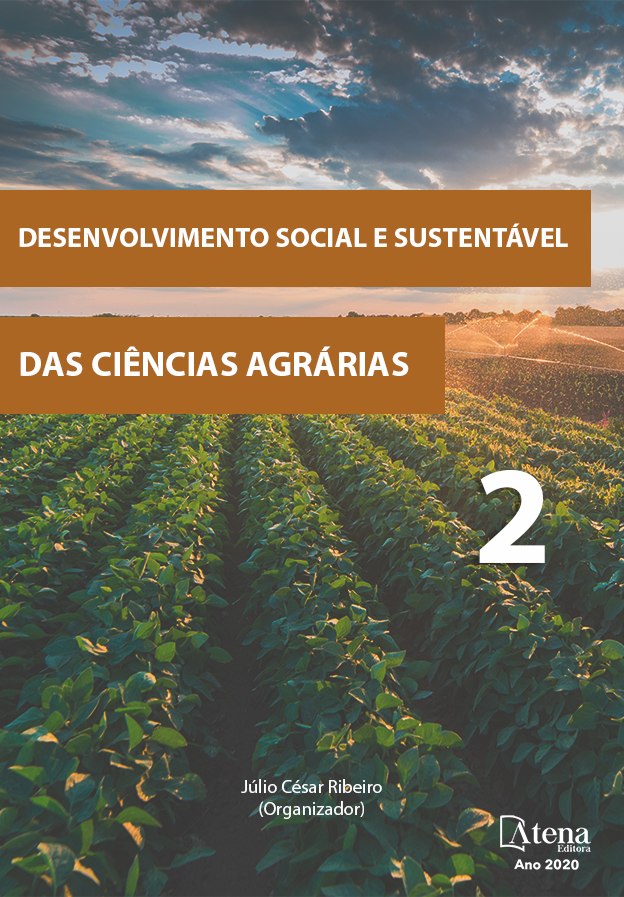
AVALIAÇÃO DA FAUNA EDÁFICA EM DIFERENTES ESTRUTURAS DE VEGETAÇÃO DE CAMPO NATIVO
Os organismos edáficos são fundamentais para ciclagem de nutrientes, pois são responsáveis pela decomposição da matéria orgânica do solo. Os mesmos são classificados em microfauna, mesofauna e macrofauna. Sabendo-se da importância da fauna edáfica para estrutura do solo implantou-se um experimento no campus rural da Faculdade IDEAU – Bagé, com o objetivo de coletar e analisar as diferentes espécies da mesofauna e macrofauna em diferentes estruturas de vegetação. Para coleta foram utilizadas armadilhas do tipo “Pitfall”, que consistem em potes plásticos alocados com a borda ao nível da superfície do solo. Após a coleta analisou-se os organismos qualitativa e quantitativamente. Nos resultados obtidos pode-se concluir que identificamos 17 grupos taxonômicos diferentes, em um total de 661 animais durante os 21 dias de coleta. Os indivíduos mais abundantes, nos 3 tratamentos foram os colêmbolos (Collembola), seguidos pelos ácaros (Acari) e formigas (Formicidae). O grupo taxonômico com maior fa e fr foi o Formicidae (fa = 28) e (fr = 62,22%), seguido por Acari (fa = 26) e (fr = 57,7%) e Collembola (fa = 24) e (fr = 53,33%). Na vegetação que possui em média 20 cm se observou um número maior de animais do que nas demais estruturas.
AVALIAÇÃO DA FAUNA EDÁFICA EM DIFERENTES ESTRUTURAS DE VEGETAÇÃO DE CAMPO NATIVO
-
DOI: 10.22533/at.ed.7192009102
-
Palavras-chave: Fauna; Solo; Vegetação.
-
Keywords: Fauna; Ground; Vegetation.
-
Abstract:
Soil organisms are fundamental for nutrient cycling, since they are responsible for the decomposition of organic matter in the soil. They are classified as micro fauna, mesofauna and macro fauna. Knowing the importance of the edaphic fauna to soil structure, an experiment was carried out in the rural campus of the IDEAU - Bagé College, aiming to collect and analyze the different mesofauna and macrofauna species in different vegetation structures. Pitfall traps were used for the collection, consisting of plastic pots allocated with the edge at the level of the soil surface. After collection the organisms were analyzed qualitatively and quantitatively. In the obtained results we can conclude that we identified 17 different taxonomic groups in a total of 661 animals during the 21 days of collection. The most abundant individuals in the three treatments were the Collembola (Collembola), followed by the mites (Acari) and ants (Formicidae). The taxonomic group with the highest fa and fr was Formicidae (fa = 28) and (fr = 62.22%), followed by Acari (fa = 26) and (fr = 57,7 %) and Collembola and (fr = 53.33%). In the vegetation that has an average of 20 cm, a larger number of animals were observed than in the other structures.
-
Número de páginas: 14
- DA ROSA, Rafael Marques
- SILVA, Gesiane Barbosa
- VALENTIN, Adriana Soares
- GOULART, Carolina Gomes
- ARAMBURU, Chamile de Godoy
- VALDECI LOPES SOARES JUNIOR


